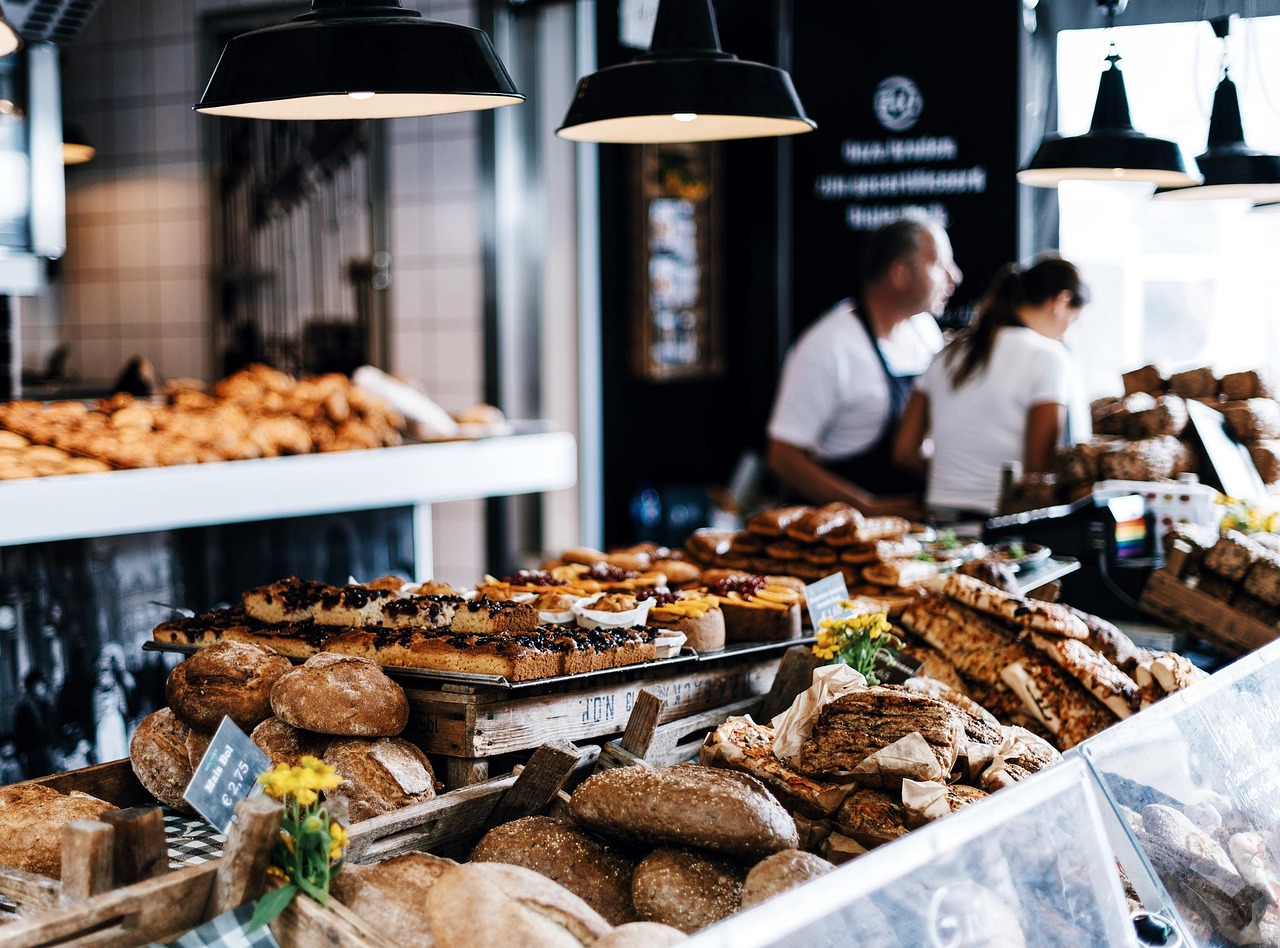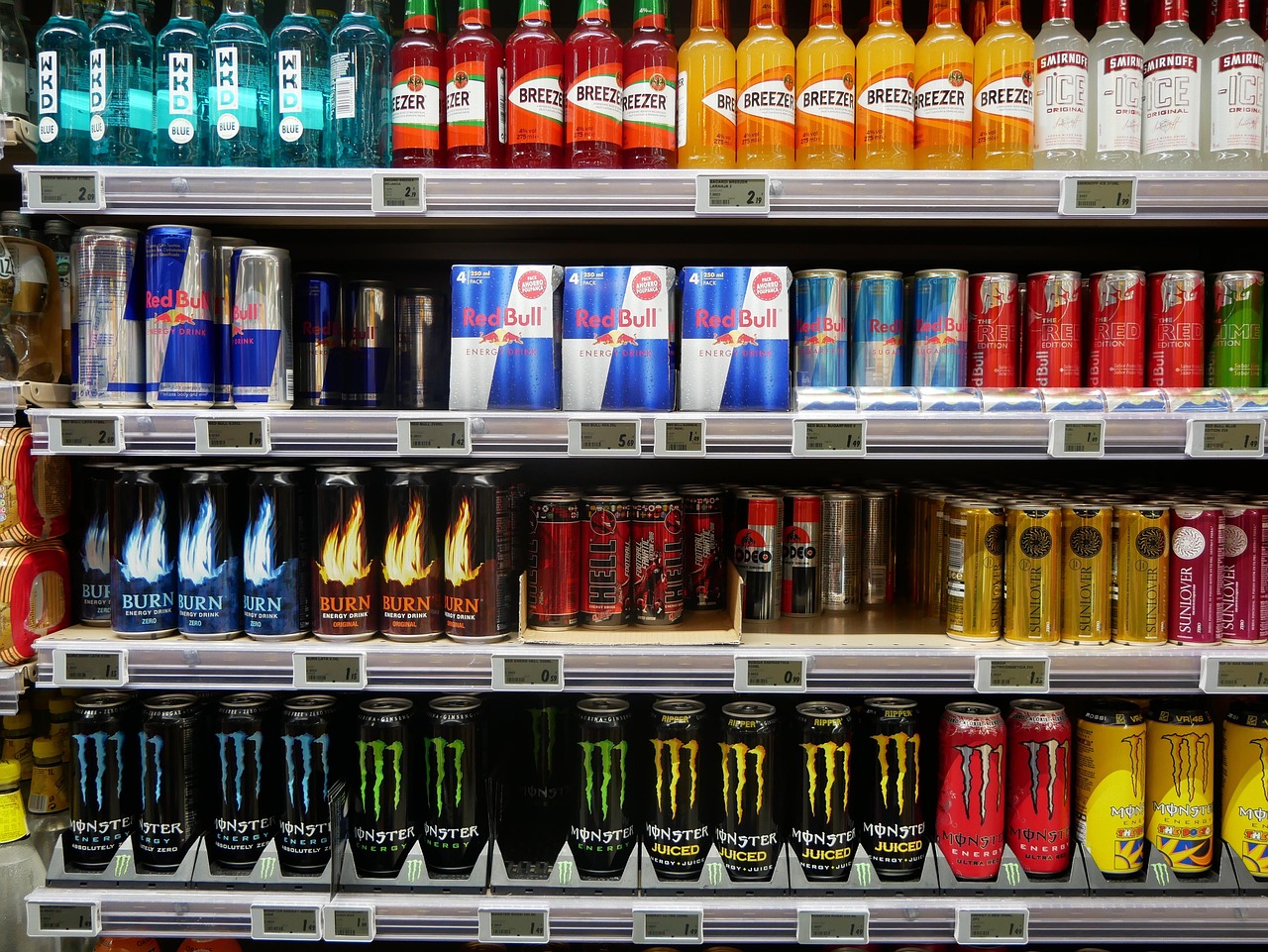11 US States That Eat the Most Fish Every Year
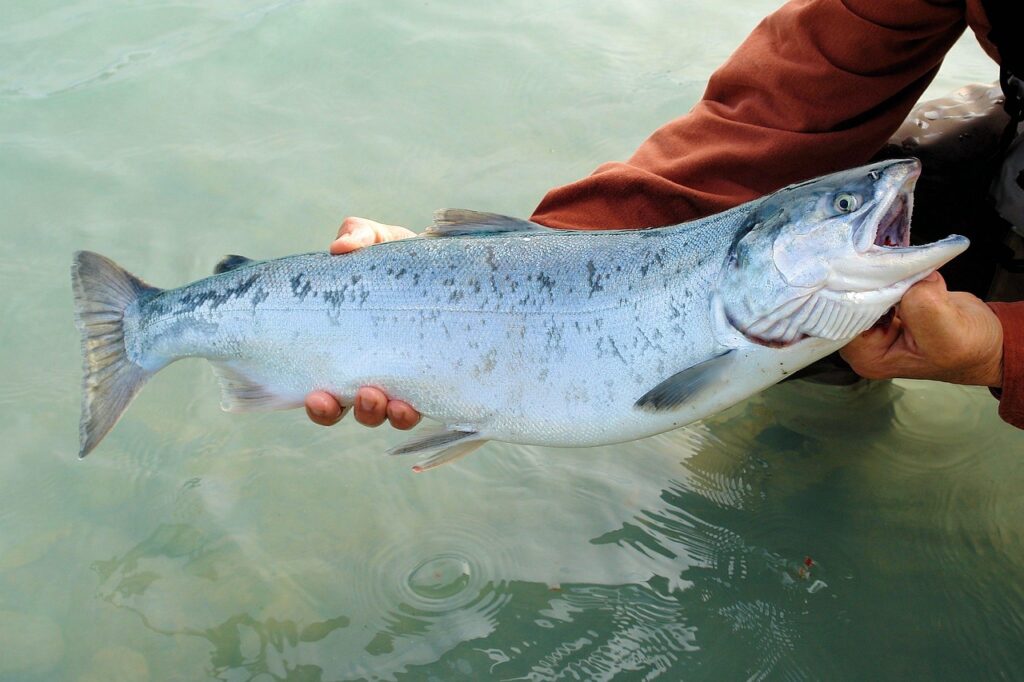
You might think coastal states are obvious winners when it comes to eating fish. But what really drives fish consumption in the U.S. is a mix of geography, culture, local industry, and access. States with big fishing ports, rich marine or freshwater ecosystems, or strong seafood traditions tend to eat more fish because it’s fresher, cheaper, or simply part of daily life. In this post, I’ll walk through eleven U.S. states that, thanks to what they catch, land, or have locally, are likely among those consuming the most fish. You’ll see how landings, value, and local preferences combine to shape what ends up on your plate.
1. Alaska
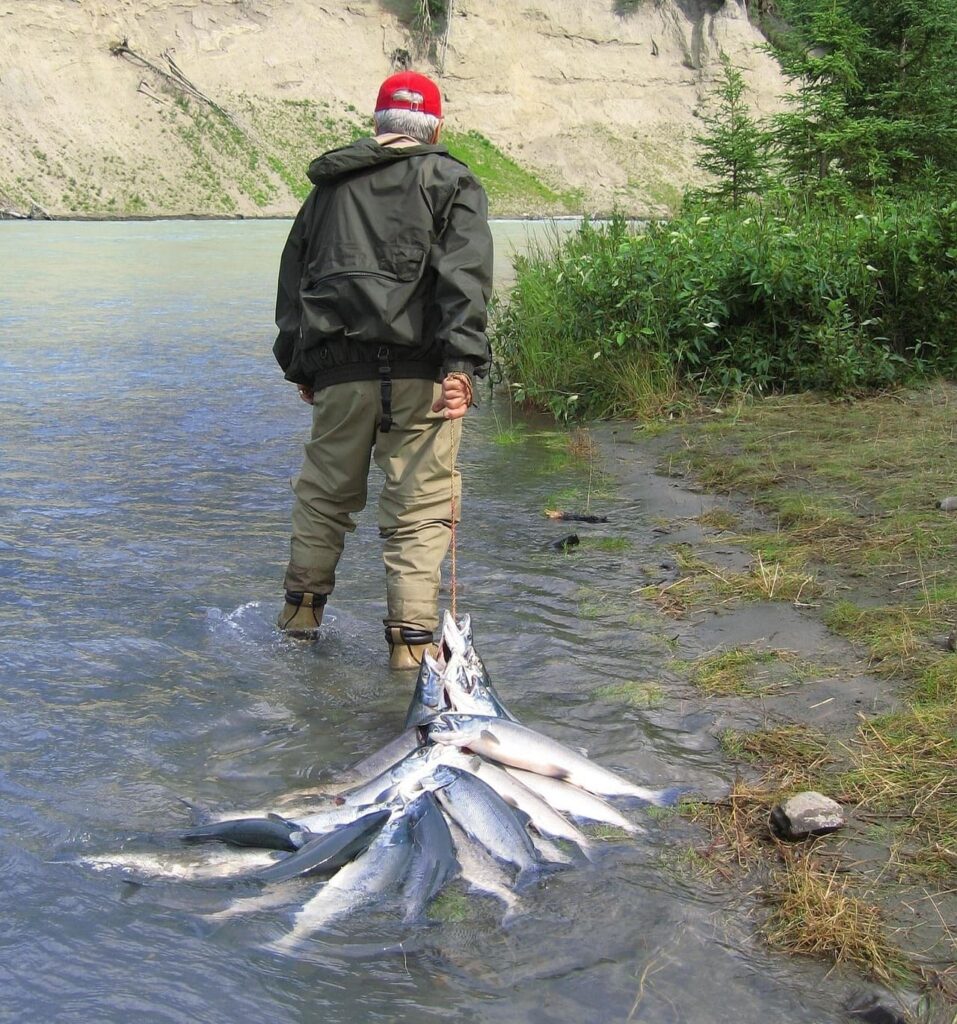
Alaska easily tops the list, producing the majority of the nation’s wild-caught seafood each year. Local diets reflect that abundance, with salmon, halibut, and pollock as everyday staples rather than rare treats. Fishing is part of both livelihood and tradition here, especially among Indigenous communities who have relied on it for generations. Because fish is so plentiful and fresh, you’ll find it in nearly every home and restaurant menu, making Alaska the undisputed seafood capital of the United States.
2. Louisiana

In Louisiana, seafood isn’t just food; it’s identity. The Gulf of Mexico fuels a thriving industry that brings in shrimp, crawfish, catfish, and oysters by the ton. You’ll see that reflected in Creole and Cajun cooking, where dishes like gumbo, jambalaya, and po’boys dominate tables year-round. Because seafood is so accessible and affordable, families eat it multiple times a week. Louisiana’s cultural love for fresh fish and shellfish keeps it among the top states for seafood consumption per person.
3. Oregon

Oregon’s seafood scene thrives on its Pacific coastline, home to salmon, tuna, crab, and rockfish. The state’s fishing ports, from Astoria to Newport, keep local markets stocked and restaurants busy. Fresh catches are part of daily menus, and even inland communities benefit from quick distribution routes. Oregon’s focus on sustainability means fish stocks stay healthy, ensuring long-term access to local seafood. For you, that translates into fresher meals, shorter supply chains, and one of the highest fish consumption rates in the region.
4. Washington
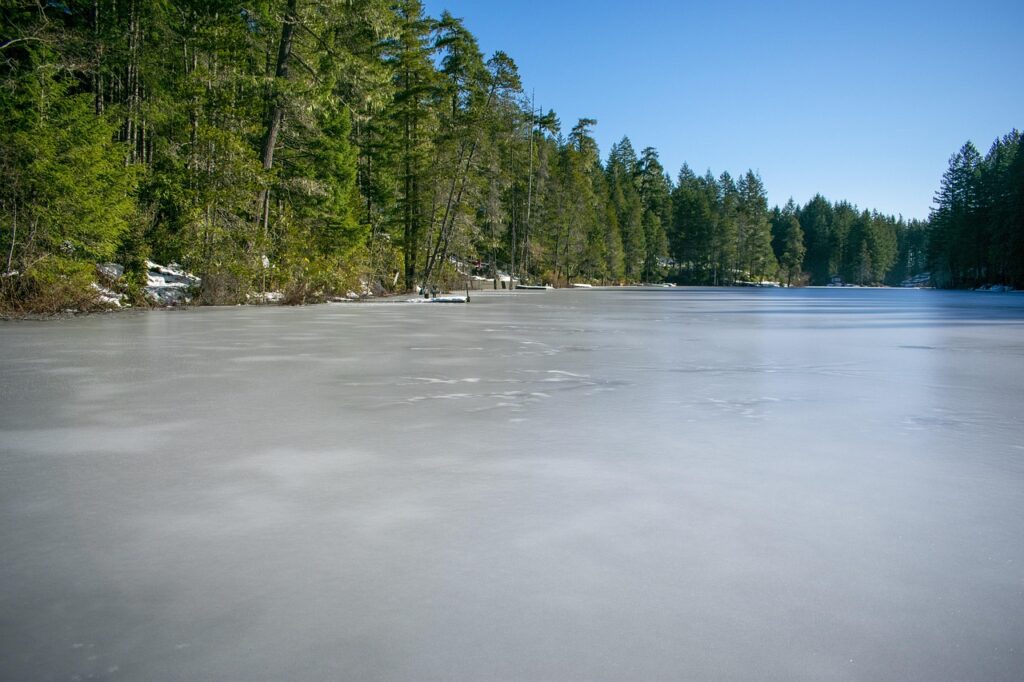
Washington’s connection to the ocean runs deep, with salmon, halibut, crab, and oysters forming the backbone of local cuisine. From Seattle’s waterfront markets to coastal fishing towns, seafood is everywhere; grilled, smoked, and served fresh off the dock. The state’s strong fishing heritage blends with its modern food culture, where eating fish feels both traditional and trendy. Access to local catches means you get better quality and more variety, helping Washington consistently rank among the top fish-eating states.
5. Maine

Maine’s reputation for lobster often overshadows how much other seafood locals eat. The state’s cold Atlantic waters supply cod, haddock, scallops, and clams, all caught close to shore and eaten fresh. Fishing supports local economies, and most residents live within easy reach of seafood markets or restaurants serving the day’s catch. Tourists drive demand too, keeping the seafood flowing year-round. If you live in Maine, fish isn’t something you seek out; it’s simply part of daily eating habits shaped by coastal life.
6. Massachusetts
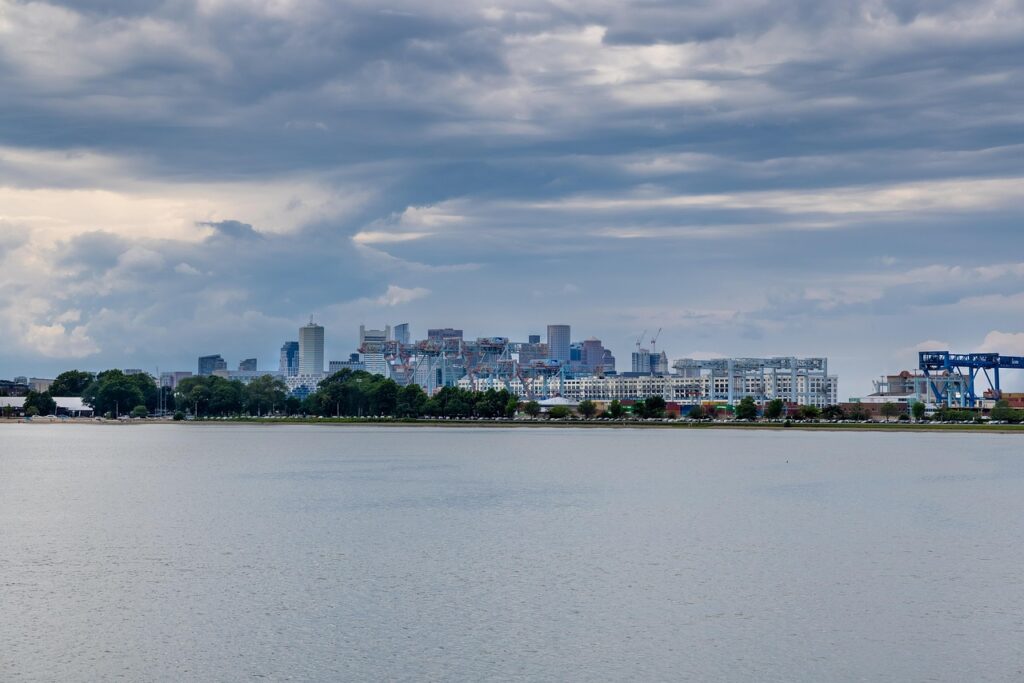
Massachusetts’s coastal identity and strong fishing ports, like New Bedford and Gloucester, make seafood an everyday staple. The state lands massive amounts of scallops, clams, and cod, which feed directly into the local supply. Classic New England dishes like clam chowder and baked haddock are found everywhere from seaside shacks to fine dining spots. Because fish is both plentiful and woven into local cuisine, residents eat it more frequently than in most inland areas, maintaining Massachusetts’ long-held seafood tradition.
7. Virginia
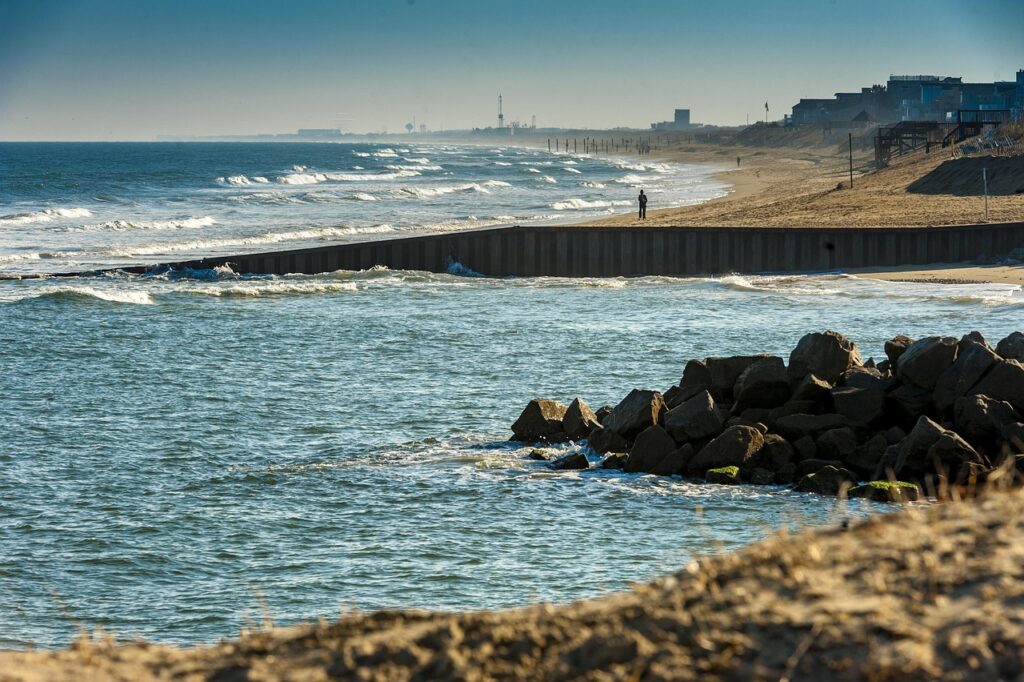
Virginia’s connection to the Chesapeake Bay keeps its seafood scene thriving. The state’s waters produce blue crabs, oysters, and striped bass that dominate coastal menus and home kitchens alike. Local seafood festivals celebrate this abundance, and small fishing communities ensure a steady supply. Access to fresh, locally sourced fish means lower prices and better quality for consumers. Combined with a strong regional food culture, that availability keeps Virginia’s fish consumption among the highest along the East Coast.
8. Mississippi

Mississippi may surprise you with how much seafood locals eat, but its Gulf Coast explains everything. Shrimp, catfish, and speckled trout flow through markets and restaurants across the state. Fishing is both livelihood and leisure here, making seafood part of family gatherings, festivals, and home cooking traditions. Because local supply is strong, fish remains affordable and fresh year-round. Whether you’re dining on fried catfish or boiled shrimp, seafood is simply part of Mississippi life, not a special occasion.
9. California

California’s massive coastline makes it one of the most seafood-rich states in the country. From Pacific salmon to Dungeness crab and locally caught rockfish, fresh seafood is always nearby. Add to that a strong culinary culture, sushi bars, coastal grills, and farmers’ markets, and fish becomes part of everyday eating. Californians also benefit from access to global imports, ensuring variety beyond local catches. The result is one of the most diverse and fish-friendly dining landscapes in the U.S.
10. Texas
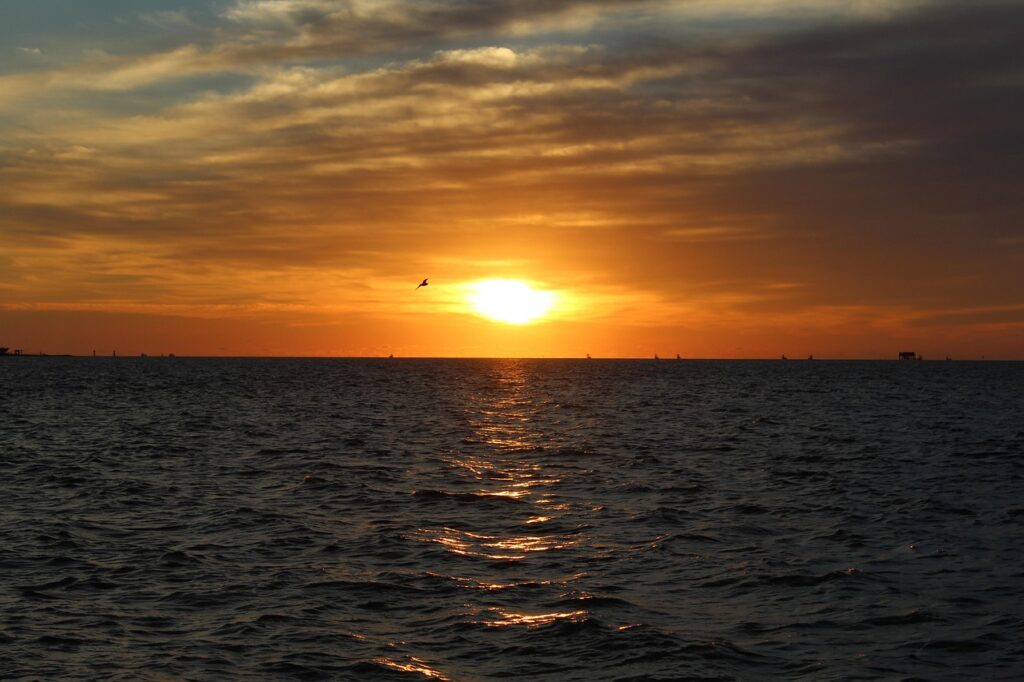
Texas might be known for barbecue, but seafood plays a huge role along its Gulf Coast. Ports like Galveston and Corpus Christi land tons of shrimp, crab, and snapper each year. Local restaurants serve fish tacos, grilled redfish, and fried oysters daily, and seafood markets keep prices competitive. Thanks to strong supply chains, even inland cities have access to fresh Gulf seafood. For Texans, fish is more than coastal fare; it’s part of a broader culinary mix that shows up everywhere.
11. Hawaii
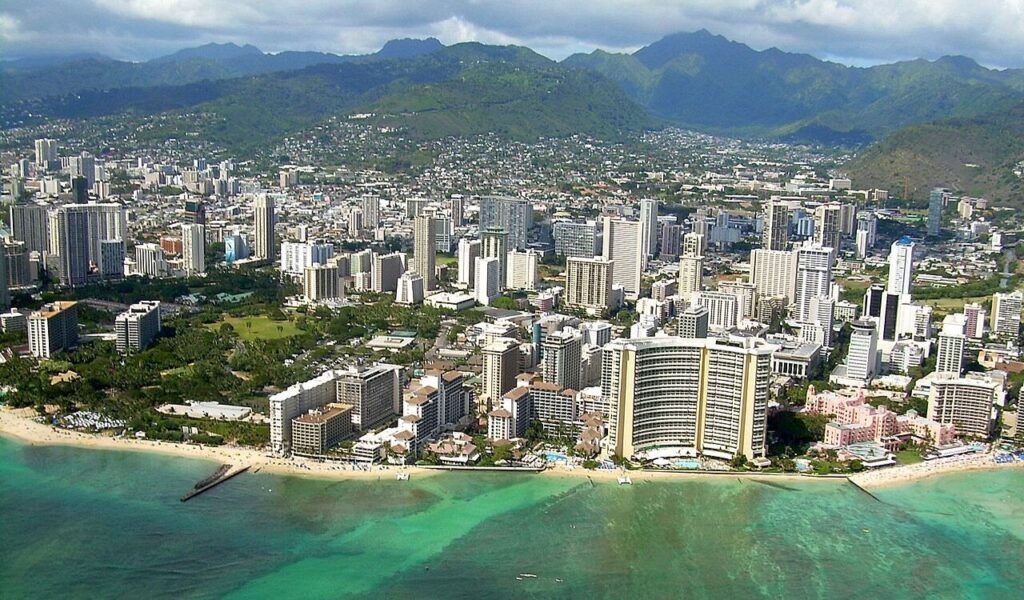
Hawaii’s relationship with seafood runs deeper than simple consumption numbers suggest. Fresh fish isn’t just common here, it’s woven into daily life, family gatherings, and cultural traditions. Local waters offer year-round access to species like ahi, mahi mahi, and opah, which means residents grow up with a natural preference for fresh, clean flavors. The state’s food culture makes raw and lightly cooked preparations normal weekday fare, from poke bowls at corner shops to grilled fish served at home. Add in a strong fishing community, a climate that encourages lighter meals, and generations who treat seafood as a staple instead of a luxury, and it becomes clear why Hawaii consistently ranks among the highest seafood-eating states in the country.






